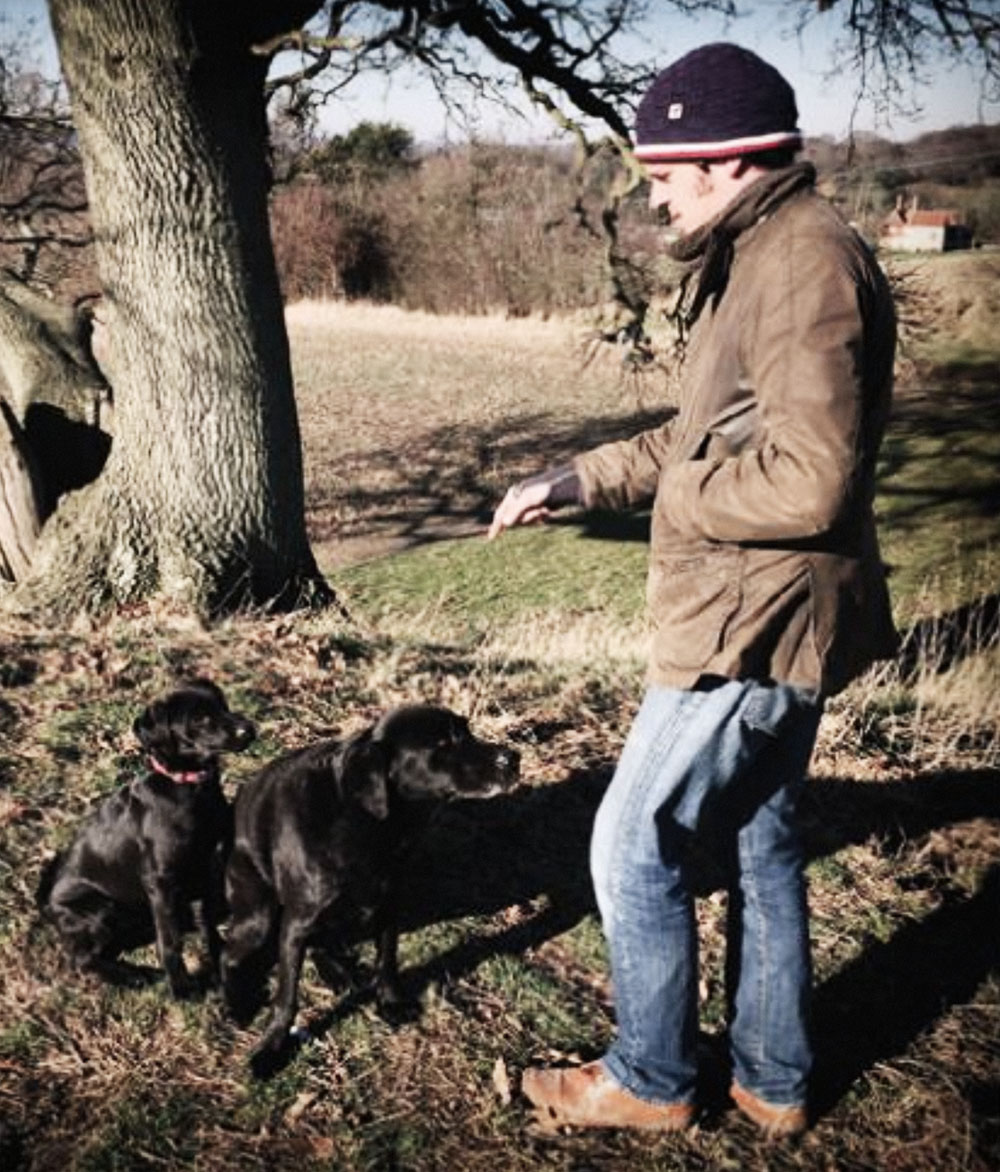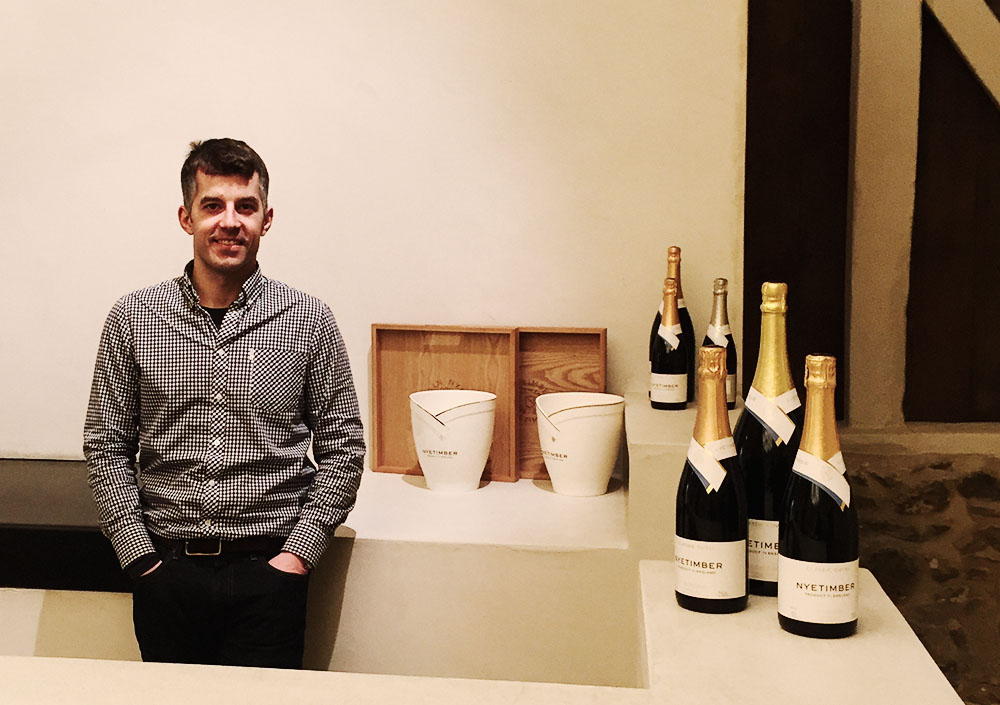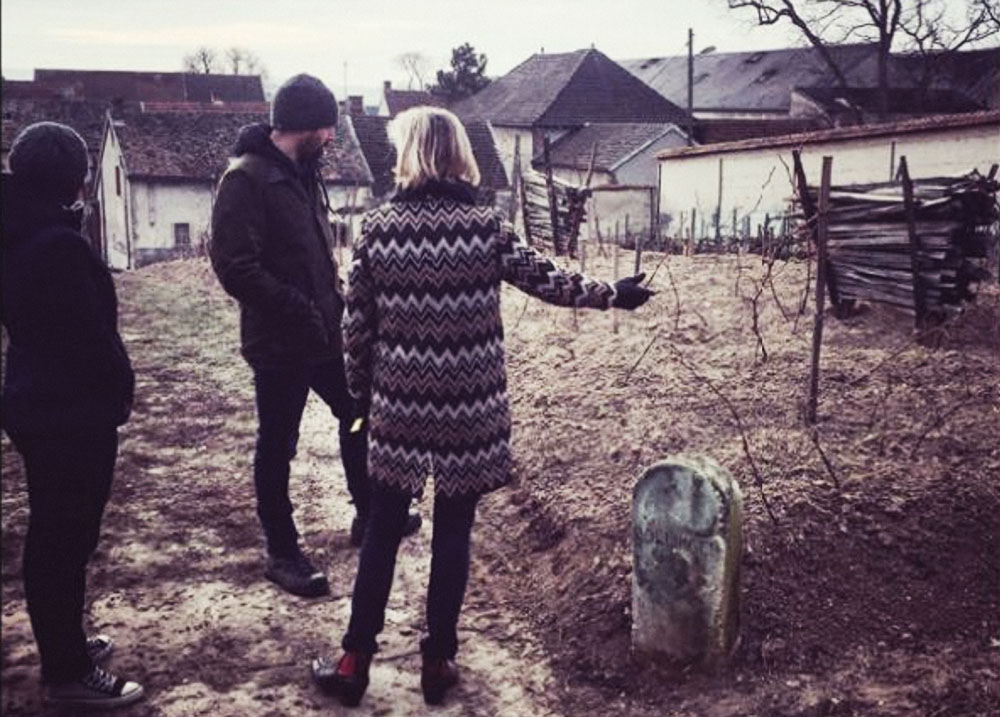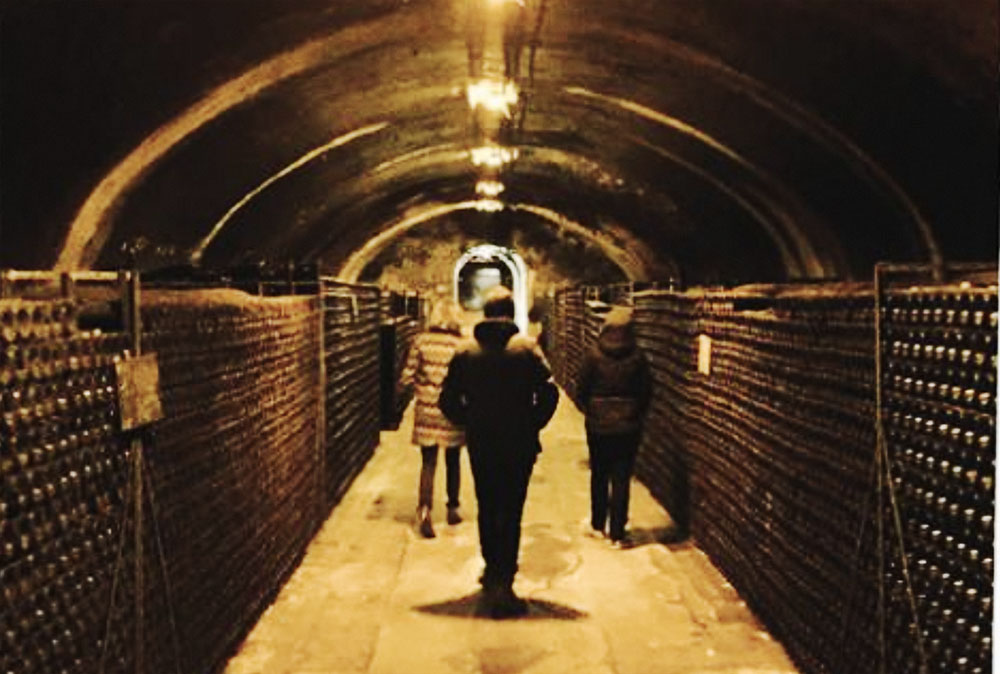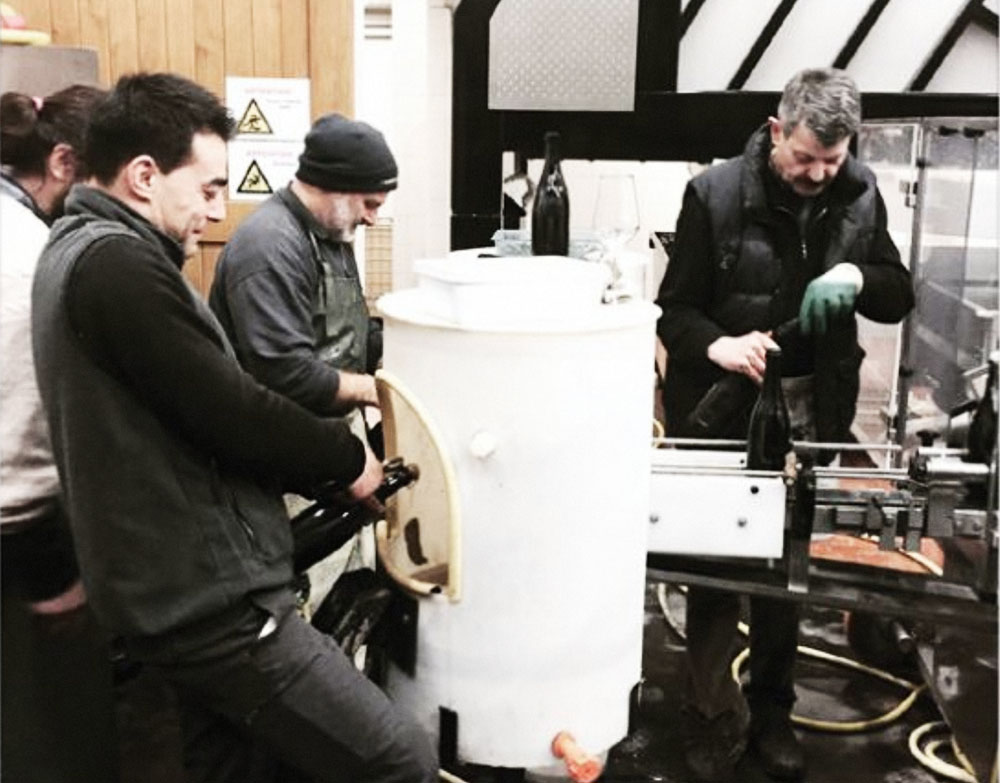As a winemaker, sometimes you can get lost in your own world. When you taste the same wines from your own vineyards day after day, it’s easy to lose sight of the big picture. It’s one thing to taste and drink different wines at home, but it’s also important to get out there and see what else is going on in the world of wine. Exploring new places, meeting people and tasting their wines — and, as a winemaker, finding out what problems they’re having and how they’re dealing with them, opening your eyes to different approaches and techniques — is a sharing experience that can be very enlightening.
It was with this spirit of discovery in mind that I flew over to England and Champagne this past winter. Back home in Nova Scotia, there’s a lot of buzz building around our traditional method sparkling wines, and it’s a style of wine I love to make. I thought a visit to another emerging region like England might bring me some interesting ideas, and of course Champagne is, well … it’s Champagne. One great thing about being involved in this industry is that people tend to be very generous with their time. So I sent off some emails and followed up with a few calls and pretty quickly had an itinerary for the week.

